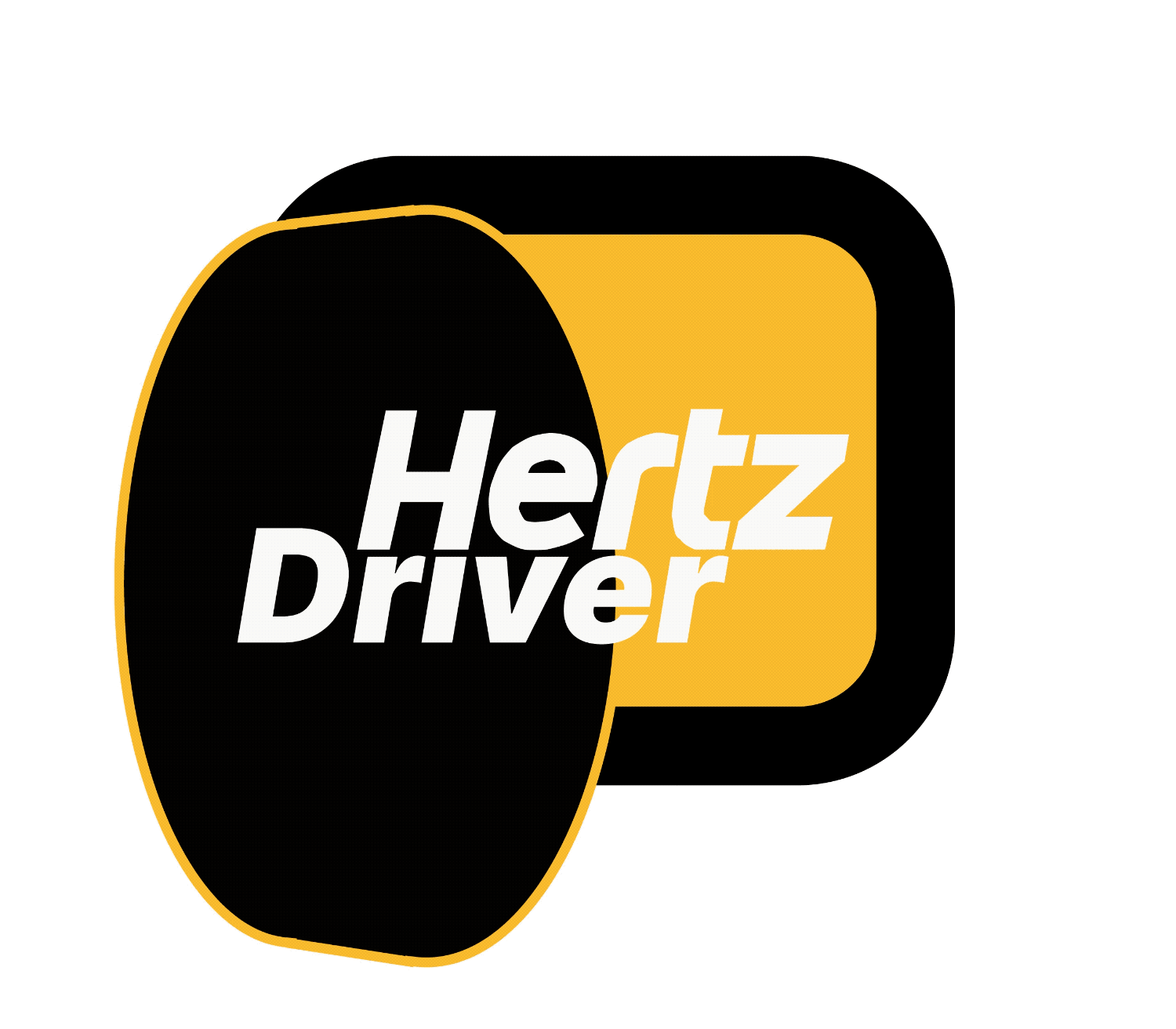Hertz Driver
Driver is a prototype that makes renting a car as easy as ordering takeout.
My Role
User research, prototyping, UI design.
Building a design system.
Art direction and brand design.
Results
Demonstrate concept feasibility.
Regain market share.
Prototype.
Improving access.
The challenge put to my team was to take the established car rental brand and improve their digital concept. Hertz rent a car was location dependent, you had to go to a Hertz agency to get your rental car. Access was limited for many customers.
We wanted to create a better experience for picking up a rental car. Our starting point was delivering the vehicles. We validated our thinking with input from real users.
For 100% of our users getting to a car rental agency was reason enough to not rent a car.
We interviewed those with experience in car rental, car share, and ride share. Although these rental and share modes appeal to different user needs, they exert strong influence on each other. There is also a lot of customer crossover, as the modes have become more flexible, so have the customers. It was very relevant to look at all aspects of vehicle usage.
Tellingly, not one participant had used Hertz car rental within the past ten years, but they all had recent experience with car share or ride share. The only interest in traditional car rental was when a trip involved flying. Here the convenience of renting upon arrival was a big plus for the traditional car rental companies. Ultimately, however, if the customer did not fly they would not use Hertz, and that is a big loss of business.
Developing a persona.
Our research interviews gave us an understanding of what our users were looking for. We sprinted through a number of ideas such as a car delivery system with employees on bicycles. It was a low tech, achievable and environmentally friendly approach. Weather and safety were two concerns that posed a challenge to adapting this approach.
Ultimately we hit upon driverless vehicles. It would alleviate the problems that Hertz was having with location and timing, it was on demand and everywhere. Environmentally, cars would just park themselves in appropriate areas when the rental term was over, saving on fuel used on the return trip to rental location.
Building a prototype.
The concept of driverless vehicles would alleviate the problems that Hertz was having with location and timing, it was on demand and everywhere. Environmentally, cars would just park themselves in appropriate areas when the rental term was over, saving on fuel used on the return trip to rental location. There was no agent braving the weather on bike to deliver a rental vehicle.
We developed a “hail-a-rental” car prototype. The experience would be remarkably similar to hailing a rideshare or even ordering takeout. The final design incorporated RFID capability to open rental doors when there is no mobile phone service.
Conclusion.
Industry leader Hertz has built their success on dedication to customer service, a diverse fleet of vehicles, and the ability to understand their customers’ needs. Adopting a digital strategy that supports increased convenience will deliver a superior experience.
Hertz is constrained by its current infrastructure. Customers want to get to their rental vehicle locally. Getting customers in rental cars where they want them and when they need them will mean the vehicles are in more frequent use.
Employing a “hail-a-rental” concept with vehicles used more frequently for shorter rental durations. Vehicles spend less time not in use. This approach will allow Hertz to merge the ride share, car share, and rental models.





